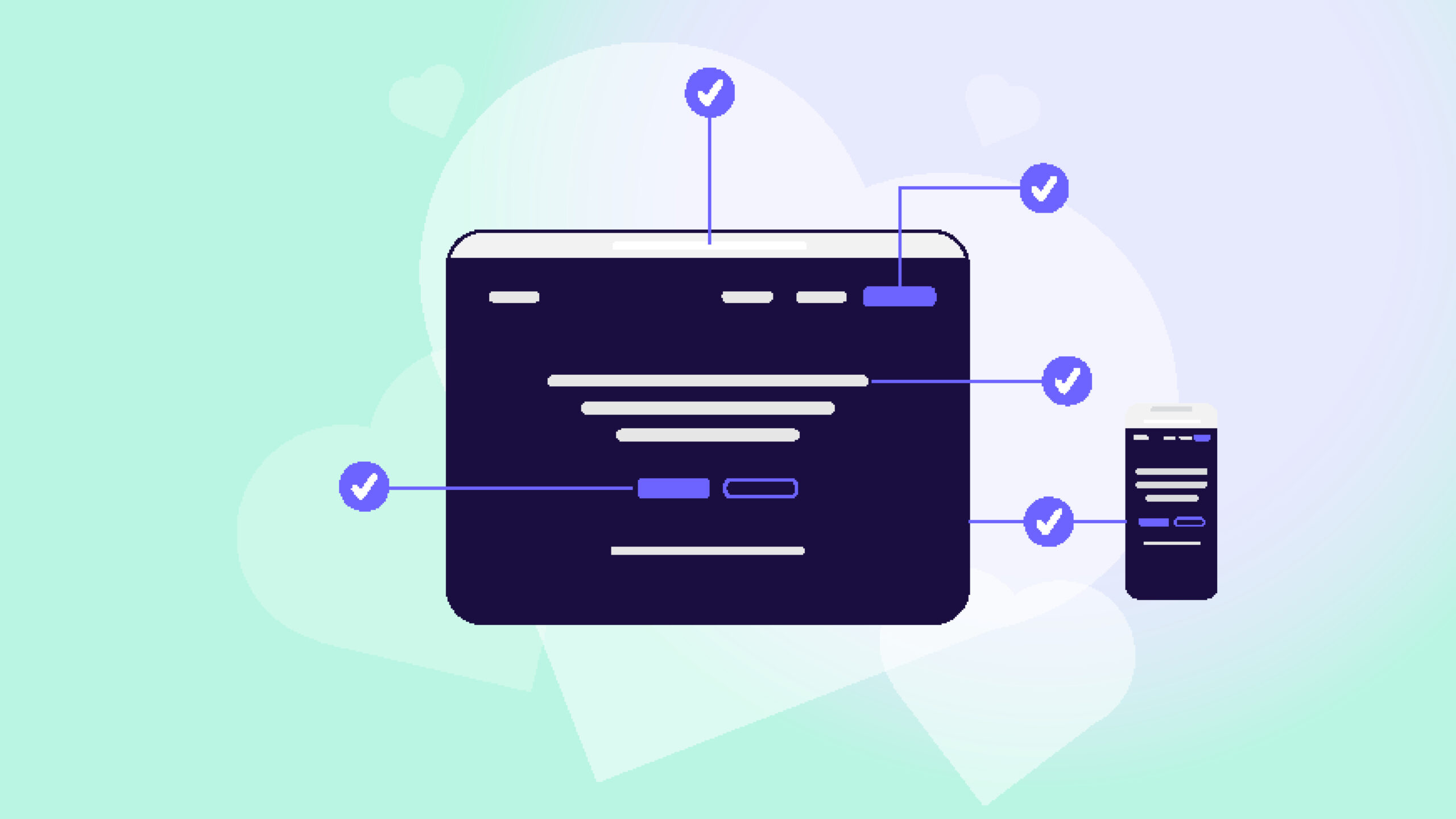The digital landscape is constantly evolving. With this evolution comes both opportunities and risks. As businesses become more reliant on their online platforms, they also expose themselves to increasing threats to their digital assets. In this article we explore the most prevalent website security threats and offers insights on how to protect against them.
If you’re uncertain if your website is adequately protected against the security threats detailed in this article, it’s crucial you take action. We recommend touching base with your website developer, or alternatively, for a comprehensive security audit, you can reach out to us at Greenhat. It’s always better to be proactive in securing your digital assets, rather than reactive in the face of a crisis.
Poor Password Management and User Access Control
The threat: Weak passwords are the digital equivalent of leaving your front door unlocked. Along with inadequate password protocols, unrestricted user access can provide malicious actors with unintended gateways into your systems. This can result in unauthorized data access, alterations, or even system takeovers.
Prevention strategies:
- Adopt multi-factor authentication for all critical systems.
- Implement strong password policies and encourage the use of password managers.
- Regularly review user roles and permissions to ensure minimal access privileges.
Distributed Denial of Service (DDoS) Attacks
The Threat: DDoS attacks are not just about volume; they’re about disruption. In a DDoS attack, malicious actors flood servers with a barrage of requests, overwhelming the system. This causes websites and online platforms to become sluggish, unreliable, or completely inaccessible to genuine users.
Prevention strategies:
- Deploy DDoS protection tools and services.
- Use content distribution networks (CDNs) to distribute traffic.
- Monitor traffic patterns for anomalies.
Outdated Software and Plugins
The Threat: Just like how old buildings can have structural vulnerabilities, outdated software has weak points that hackers can exploit. Unpatched software, plugins, or themes can harbor known vulnerabilities. Exploiting these, hackers can infiltrate, disrupt, or control parts of a website, potentially causing serious damage.
Prevention strategies:
- Regularly update all software, including CMS, plugins, and themes.
- Remove unused plugins and themes.
- Monitor for patches and updates for all software components.
Phishing Attacks
The Threat: Phishing is the art of digital deception. Cybercriminals craft seemingly legitimate communications, often mirroring trusted entities, to trick users into divulging sensitive information or performing unintended actions. Falling for such schemes can lead to data breaches, financial losses, or unauthorized system access.
Prevention strategies:
- Regularly train staff to recognize phishing attempts.
- Implement advanced email filtering.
- Adopt two-factor authentication.
Malware and Ransomware Attacks
The Threat: Malware is the umbrella term for a host of malicious software designed to infiltrate or damage computer systems. Ransomware, a subset of malware, goes a step further: it locks or encrypts data and demands payment for its release. Beyond immediate disruptions, these attacks can result in total data loss, financial loss, and a tarnished reputation.
Prevention strategies:
- Regularly back up data in secure locations.
- Deploy advanced malware detection and removal tools.
- Educate employees about the risks of unknown email attachments and links.
SQL Injection (SQLi)
The Threat: SQLi is akin to a thief manipulating a lock to gain entry. Attackers exploit weak points in a website’s data input mechanisms (such as online forms), inserting or “injecting” malicious SQL commands. Once inside, they can view, modify, or delete sensitive information, sometimes gaining sweeping control over a website’s content and functions.
Prevention strategies:
- Use parameterized queries or prepared statements.
- Employ web application firewalls (WAF) for additional protection.
- Regularly audit and test website vulnerabilities.
Cross-Site Scripting (XSS)
The Threat: XSS threats involve injecting malicious scripts into web pages which are then executed by unsuspecting users. This can compromise user data, turning websites into breeding grounds for malware. Additionally, it can tarnish a website’s reputation as users could be unknowingly led to perform harmful actions or share confidential information.
Prevention strategies:
- Sanitize and validate all user inputs.
- Implement Content Security Policy (CSP) headers.
- Use security tools that detect and block XSS payloads.
Cross-Site Request Forgery (CSRF)
The Threat: CSRF is a sinister form of deception where attackers trick users into performing actions they didn’t intend to, without their knowledge. This can result in unintended data submissions, account setting changes, or even financial transactions. The nefarious part – everything appears as if the user voluntarily initiated the actions.
Prevention strategies:
- Use anti-CSRF tokens in web forms.
- Re-authenticate users for critical actions.
- Adopt same-site cookie attributes.
Insecure Direct Object References (IDOR)
The Threat: IDOR vulnerabilities occur when internal objects, such as files or database keys, are improperly exposed to users. This oversight grants attackers opportunities to bypass the usual authorization routes. They can directly access information, change data points, or even manipulate system functions in unauthorized ways.
Prevention strategies:
- Always perform server-side authorization checks.
- Avoid exposing internal object references to users.
- Monitor API access regularly.
Security Misconfiguration
The Threat: Think of this as leaving your business’s backdoor open or having a weak foundation in a building. Misconfigurations in security settings, either due to negligence or lack of awareness, can inadvertently expose sensitive data or critical system details. Such lapses provide attackers with easy targets for exploitation.
Prevention strategies:
- Conduct regular security audits and reviews.
- Follow the principle of least privilege for user roles and configurations.
- Ensure error messages don’t leak sensitive information.
Lack of SSL/TLS Encryption
The Threat: Transmitting data without encryption is like sending a postcard: anyone who sees it can read its contents. Without SSL/TLS, the data exchanged between a website and its users travels in plain text. This makes it vulnerable to eavesdropping, interception, or tampering by malicious entities.
Prevention strategies:
- Implement SSL/TLS across your website.
- Regularly update and renew SSL certificates.
- Use HTTP Strict Transport Security (HSTS) to enforce secure connections.
Identifying and addressing these security issues is of paramount importance for businesses to ensure the safety and reliability of their online presence. Each vulnerability, if left unchecked, has the potential to compromise not just your digital assets but also your brand’s reputation and trustworthiness. However, by understanding these threats and proactively implementing the recommended protection strategies, you can fortify their online presence, ensuring a safer and more reliable digital environment for your business and your both customers.
Frequently Asked Questions
What are the most common security threats?
The most common threats include malware, phishing attacks, Distributed Denial of Service (DDoS) attacks, SQL injection, and cross-site scripting (XSS). Each of these attacks can be very comprising to a business, yet can be readily mitigated against.
Should I be backing up my website and online data?
Yes, regularly backing up your website and online data is crucial for recovery in case of data loss due to hacking or technical failures.
What are my legal obligations to customer data security?
Legal obligations vary according to jurisdiction and industry, however, generally include ensuring data protection against unauthorised access, informing customers of data breaches, and complying with privacy laws.
What steps should I immediately take if I suspect my website has been hacked?
Immediately change all passwords, update software and security patches, scan for malware, contact your website developer and/or hosting provider, and consider seeking professional cybersecurity assistance.
How often should I review and update my website’s security measures?
It’s recommended to review and update your website’s security measures at least every quarter and immediately after any major security updates or incident reports in the industry.
How’s your website security?
Don’t wait until you’re attacked to start thinking about website security. The Greenhat team has vast security expertise. We can consult, conduct security audits, and custom build secure & scalable infrastructure.
For a free site analysis and quote, contact our team today.







